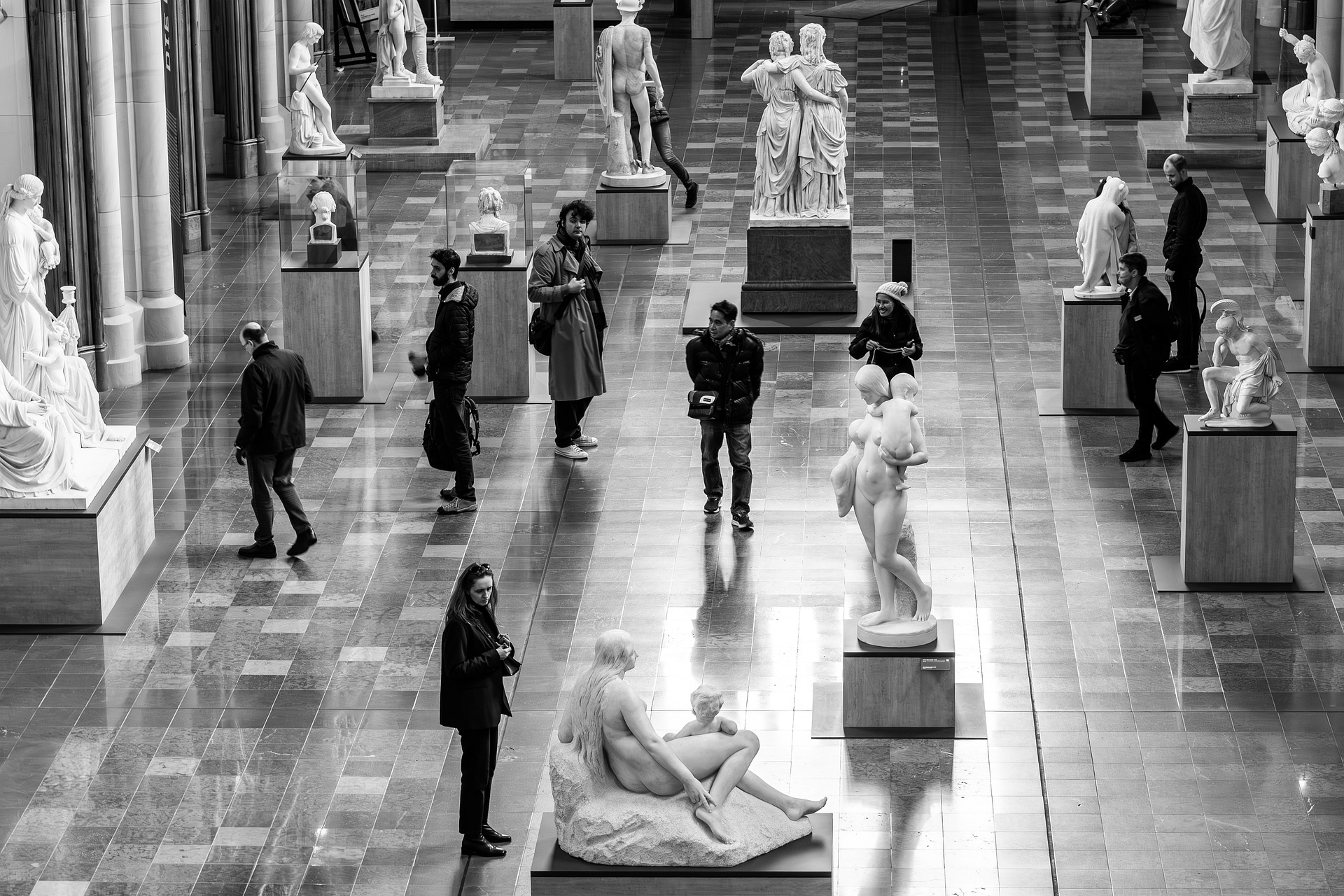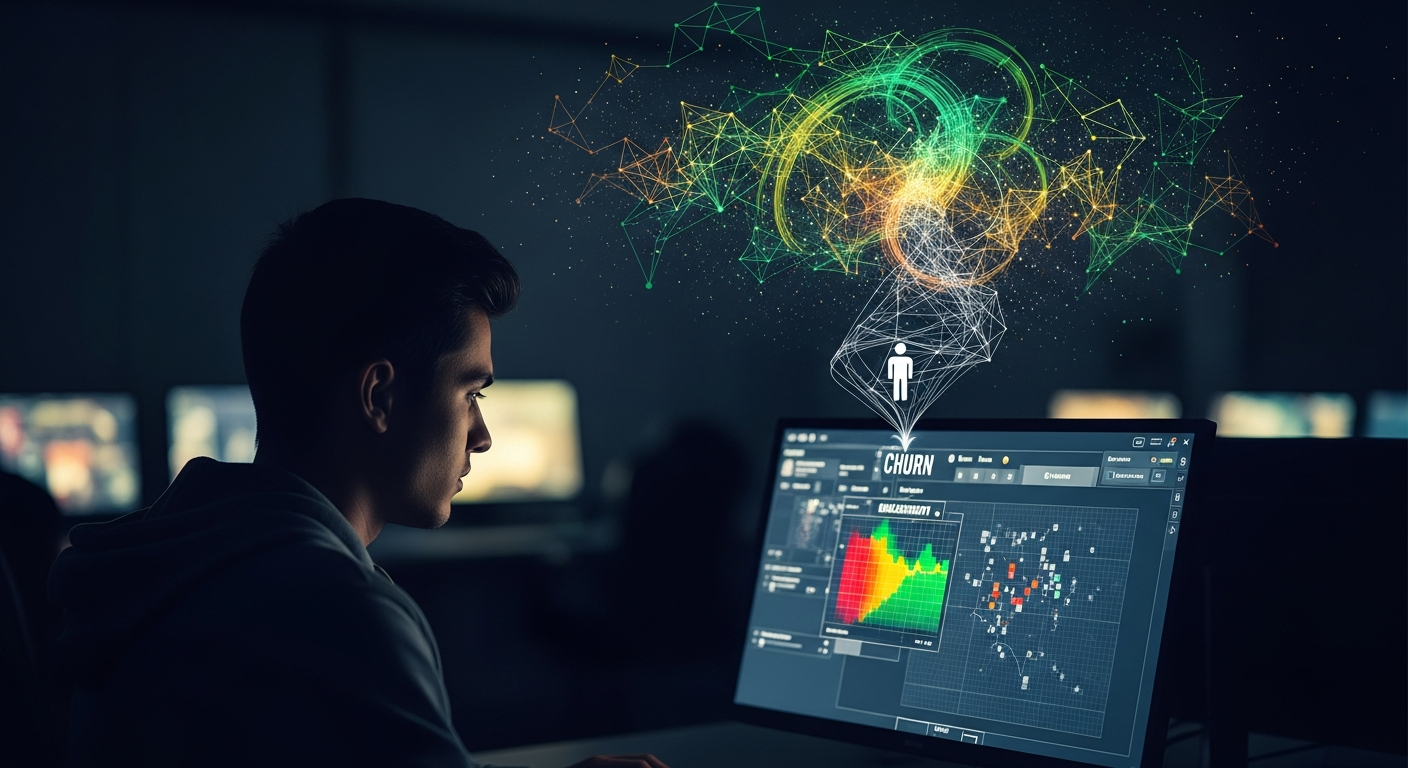Museums: Roles in Art, History, Science, and Education
Museums are institutions that collect, preserve, interpret, and display objects of cultural, artistic, historical, or scientific significance for the public. They range from small local galleries and historical societies to large national institutions. Beyond exhibitions, museums often serve as research centers, community hubs, and educational resources that make specialized knowledge accessible to diverse audiences.

What is a museum and its purpose?
A museum is a non-profit or public institution devoted to the care and interpretation of collections. Its purpose includes preserving objects for future generations, documenting contexts and provenance, and offering evidence-based narratives about people, places, or phenomena. Museums balance conservation needs with public access, using galleries, storage, labs, and digital archives to fulfill stewardship responsibilities.
Museums also operate under ethical and legal frameworks that guide acquisitions, loans, and repatriation. Many institutions maintain conservation departments, registrars, and curatorial teams who manage collections according to professional standards. As community resources, museums collaborate with schools, researchers, and local groups to ensure that collections are used responsibly and meaningfully.
How do museums support art?
Museums support art by collecting works across periods and media, conserving fragile materials, and presenting exhibitions that contextualize artistic practice. Curators create narratives that connect individual works to movements, techniques, or social histories, helping visitors understand aesthetic choices and cultural significance. Museums also commission or display contemporary art, providing visibility and critical dialogue for living artists.
Beyond exhibitions, museums offer study rooms, catalogs, and online databases that scholars, students, and artists can use for research. Conservation labs work to stabilize and restore paintings, textiles, and mixed-media pieces, documenting treatments so future conservators can make informed decisions. By offering both scholarly and public-facing programs, museums bridge professional art practice with broader audiences.
How do museums preserve history?
Museums preserve history through collecting artifacts, documents, oral histories, and visual records that represent past lives and events. Archivists and conservators control environmental conditions, document materials, and use preventive care to slow deterioration. Proper cataloging and provenance research ensure that objects are contextualized and can be reliably interpreted by researchers and visitors.
Interpretation is central: exhibitions and labels translate collections into historical narratives that relate to present-day concerns. Many museums also engage with communities to include multiple perspectives, especially when objects have contested histories. Collaborative projects with source communities, transparent provenance research, and clear display practices help museums address ethical questions while preserving historical evidence.
How do museums present science?
Science museums and natural history collections present scientific concepts through specimens, models, interactive displays, and demonstrations. Exhibits often distill complex ideas—like evolution, climate systems, or human anatomy—into hands-on experiences that encourage inquiry and experimentation. Research collections support fieldwork and laboratory study, housing specimens that provide baseline data for biodiversity and environmental studies.
Partnerships with universities, research centers, and citizen science initiatives extend a museum’s role in scientific education and discovery. Museums translate peer-reviewed research into accessible formats for general audiences while maintaining rigorous standards for the accuracy of exhibits. In doing so, they act as intermediaries between scientific communities and the public, promoting evidence-based understanding.
How do museums aid education?
Museums contribute to formal and informal education through curricula-aligned school programs, guided tours, workshops, and online learning resources. Educators design experiences that address different learning styles, using object-based learning to promote critical thinking, observation, and interpretation skills. Outreach programs and traveling exhibits help museums reach learners in their area, including underserved communities.
Lifelong learning is another focus: lectures, family days, and special-access events offer continuing education for adults and children alike. Evaluation and assessment methods help museums measure learning outcomes and refine programs. By combining hands-on experiences with digital content and educator training, museums support a broad spectrum of educational goals across ages and backgrounds.
Conclusion
Museums act as custodians of material culture and as active educators, connecting art, history, science, and learning in public settings. Through conservation, research, exhibition, and outreach, they make specialized knowledge tangible and relevant. As institutions, museums continuously adapt their practices to serve diverse audiences while maintaining professional standards for stewardship and interpretation.




